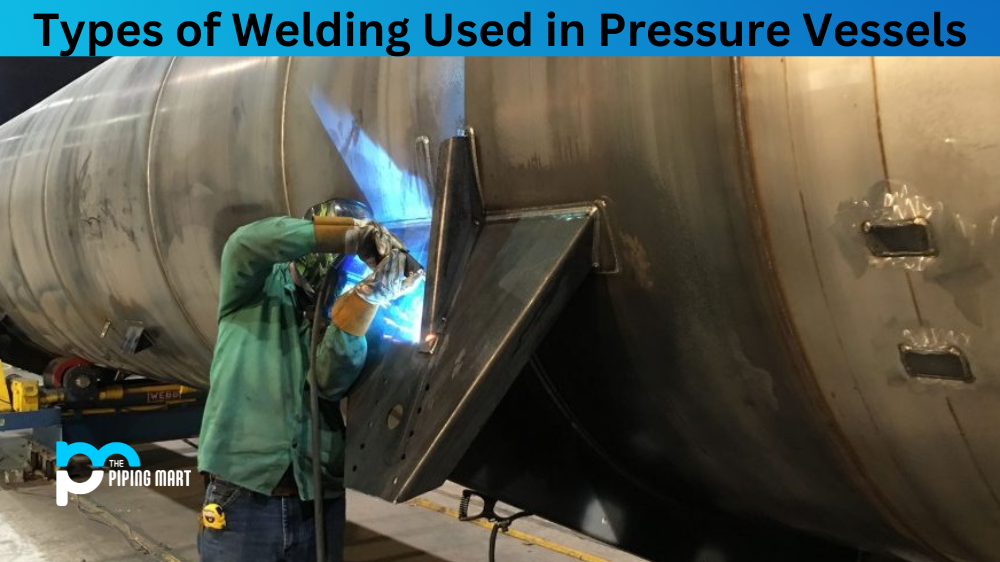Spot and resistance welding are two common welding processes used in industrial applications. Both involve electricity to join two pieces of metal together, but several differences make them well-suited to different applications. Let’s look at the main differences between these two methods so you can decide which one is best for your project.
Spot Welding
Spot welding is a process that uses electric current to join two or more metal surfaces together. It works by applying pressure and heat to two metal pieces that have been clamped together. This causes an electric arc to form between the pieces, melting them and fusing them together as they cool. The result is a strong bond with minimal distortion or contamination. Spot welds are typically found on sheet metal products such as auto body panels and appliances.
Resistance Welding
Resistance welding is a similar process but it works differently than spot welding. Instead of relying on an electric arc to melt the metals together, it uses electrical resistance at the point of contact between two metals to generate heat. The heat melts both metals, which forms a bond as they cool down. The amount of heat generated by resistance welding depends on the electrical current applied—the higher the current, the greater the temperature and thus, the stronger the bond will be once cooled down. Resistance welding is commonly used in manufacturing processes such as pipe fabrication and automotive part assembly.
Difference Between Spot Welding and Resistance Welding
The main difference between spot welding and resistance welding is how they combine pieces of metal. In spot welding, a pair of electrodes are used to clamp the pieces of metal together while a current is applied, causing the workpiece material to melt at the joint. This results in a strong bond between the two pieces that are reliable and cost-effective.
Resistance welding uses heat generated by electric resistance to weld two pieces of metal together. Heat is generated by passing an electric current through a resistor, which causes friction and produces heat at the interface between two metals. This heat melts part of each workpiece material and fuses them, creating a strong bond without needing additional materials or clamps.
Advantages & Disadvantages
Spot welding has several advantages over resistance welding, including faster cycle times, greater control over heat input, and lower capital costs for equipment. However, it does require more preparation than resistance welding since it requires clamps to hold the pieces in place during operation. Additionally, it can produce spatter or other impurities on the surface that must be removed before painting or plating can be done.
Resistance welding offers better control over weld quality since no additional materials are needed, and less cleaning up after operation is required since no spatter occurs. However, this method requires higher capital costs due to its specialized equipment requirements and longer cycle times than spot welding. Additionally, it may require more operator skill compared to spot welding procedures due to its complexity.
Other Differences
- Spot welding is a type of welding that is commonly used to join two pieces of metal together.
- Spot welding typically uses an electrode to create an electrical arc between the two pieces of metal. This arc heats the metal, which causes the two pieces to join.
- Spot welding is a quick and easy way to weld two pieces of metal together, and it does not require any special training or equipment.
- Tig welding, on the other hand, is a type of welding that uses a tungsten electrode to create an electrical arc.
- Tig welding is more difficult than spot welding, and it requires special training and equipment.
- Tig welding is typically used for more delicate projects, such as welding thin metal sheets together.
Conclusion:
In conclusion, spot welding and resistance welding have their strengths and weaknesses depending on the application they’re used for. When deciding which process will work best for your project, consider factors such as cost efficiency, cycle time speed, weld quality control, surface finish requirements, operator skill level needed and any additional preparation needed before the operation, such as clamping parts in place for spot welding operations or using special electrodes for resistance welds. With this information in hand, you can decide which method will best suit your needs!

Meet Bhavesh, a seasoned blogger with a wealth of knowledge and experience. From metal products manufacturing to retail, Bhavesh has a diverse background in various industries and is dedicated to sharing his insights and expertise with readers.




